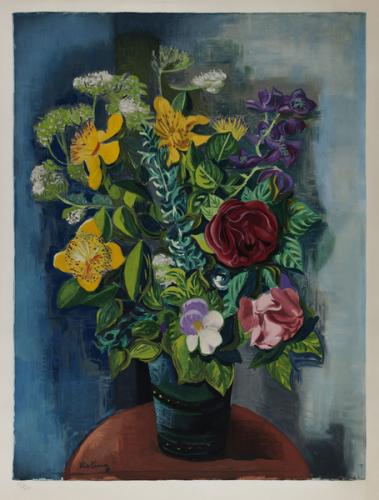
I write both nonfiction and fiction, and coach writers in both genres, too. I’ve often told non-fiction writers who want to be published to start by crafting articles. That way they can build up both credibility and credits. Then, when they’ve gained an audience and the trust of editors, they can begin to think about writing a book-length work.
I assumed that one should take the same tack with writing novels: Start with short stories and then write a novel. But at least at first, I couldn’t get short stories published.
Imagine my relief and gratitude when I began reading what one of the best short story writers now living said:
“One of the most often asked questions when I’m playing professor is this: Should I start writing short stories and then work my way up to novels? My answer is no. It’s not like starting to ride a tricycle and then graduating to a bike. Forgive my clumsy mixing of metaphors, but short stories and novels aren’t even apples and oranges; they’re apples and potatoes. Novels seek to emotionally engage readers on all levels, and, to achieve that goal, authors must develop characters in depth, create realistic settings, do extensive research and come up with a structured pacing that alternates between the thoughtful and the rip-roaring. . .
“The payoff in the case of short stories isn’t a roller coaster of plot reversals involving characters they’ve spent lots of time learning about and loving or hating, set in places with atmosphere carefully described. Short stories are like a sniper’s bullet. Fast and shocking. In a story, I can make good bad and bad badder and the most fun of all, really bad seem good.”
–Jeffery Deaver, from the introduction to More Twisted: Collected Stories, Vol. II (Pocket Books, 2006.)
Deaver makes a point that is equally true with writing a novella, I think. A novella isn’t just a condensed version of a novel. True, much more about characters and subplots can be developed in a novella than a short story. But you can’t cram all the satisfying elements of a fullblown novel into the parameters of around 20,000 words – at least not without frustrating your reader.
What do you think? Have you read some too-wordy novels that should have been novellas? What could have been jettisoned to make the long novel a good novella?
Latayne C. Scott is the author of over two dozen books published by Christian publishers. Her Mona Lisa Mirror Mystery, from Cruciform Press, is the first installment in the “Into the Art” novella series. Recently her novel, A Conspiracy of Breath (TSU Press), won three international literary awards.